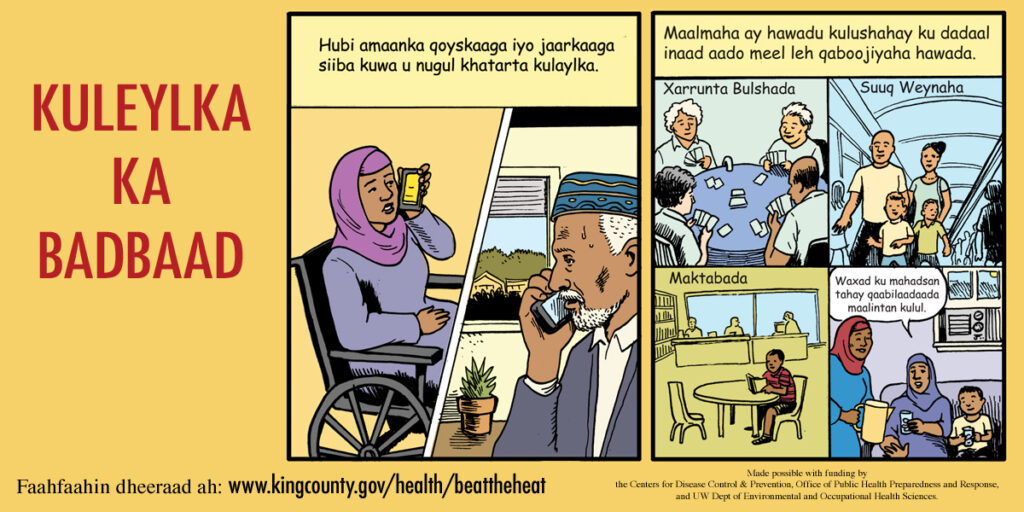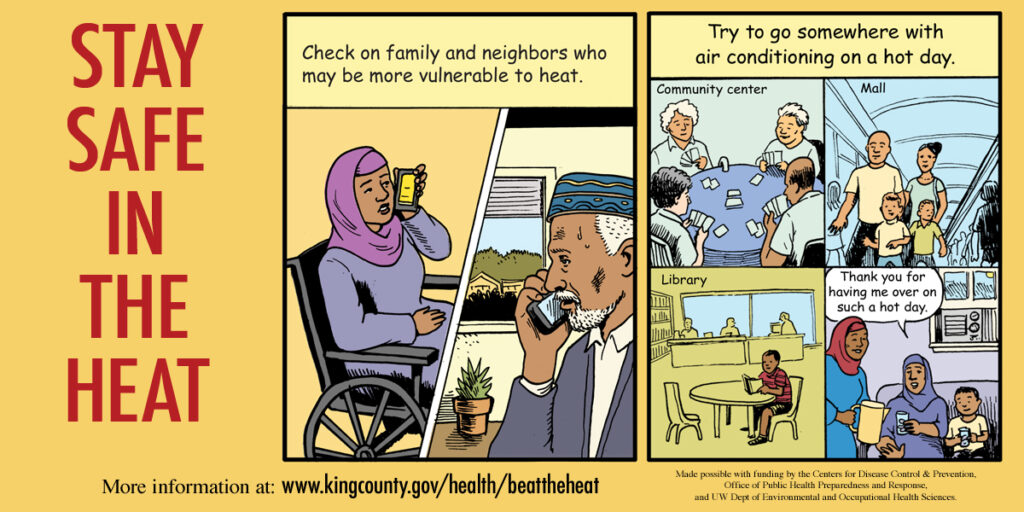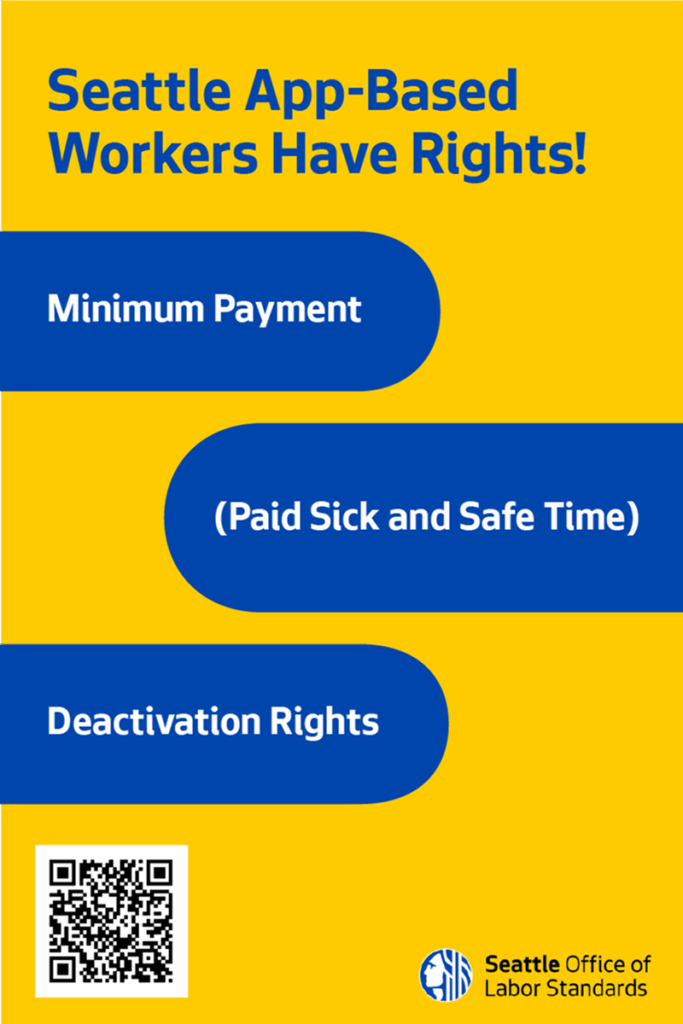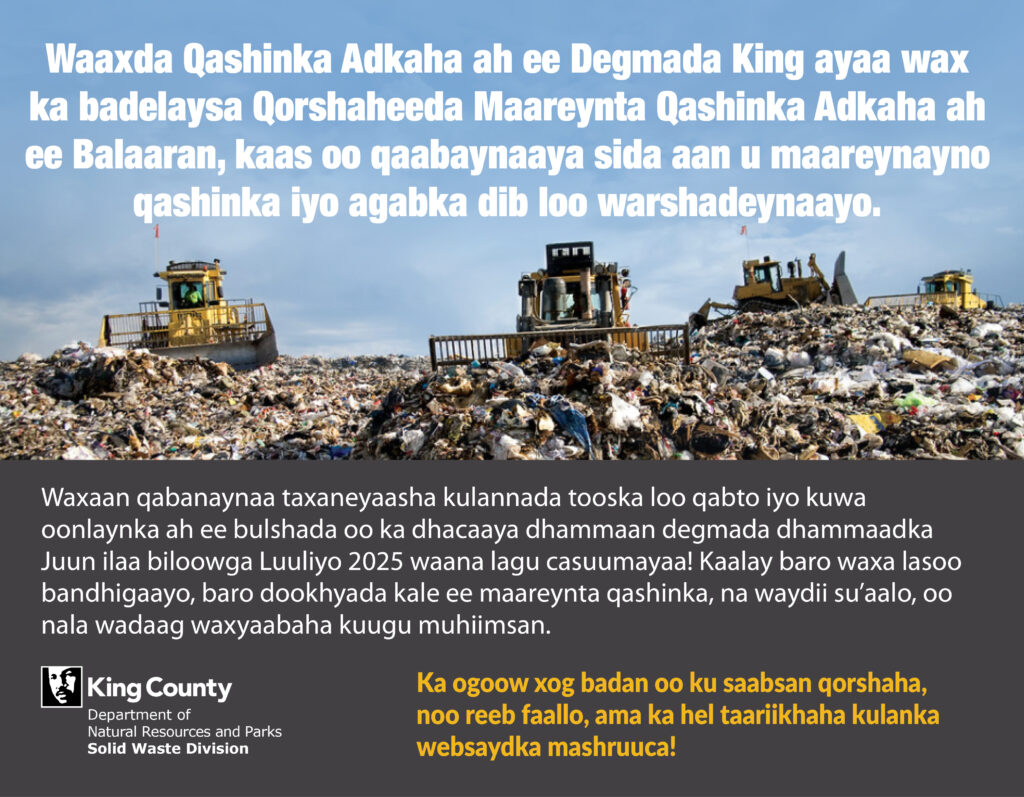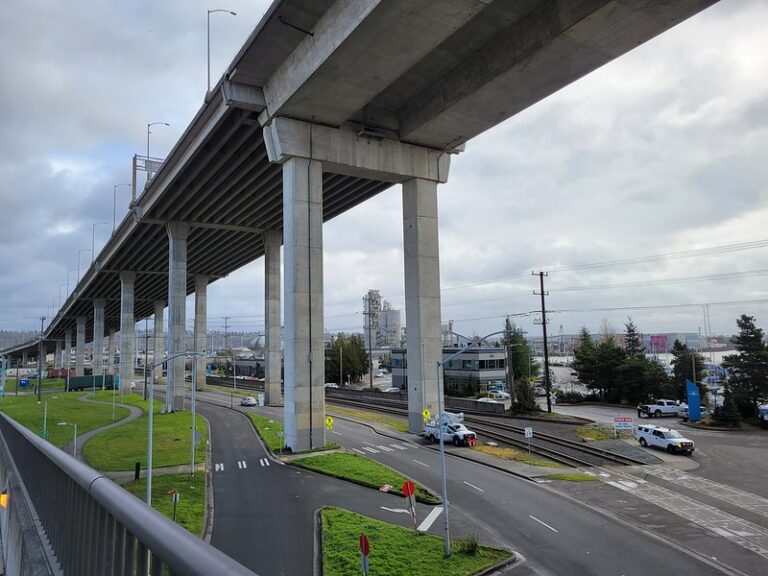
Seattle Department of Transportation
FOR IMMEDIATE RELEASE
Contact: sdot.media@seattle.gov, 206-684-3151
Seattle (August 11, 2022) – As crews enter the final stages of the West Seattle Bridge repair effort, the Seattle Department of Transportation (SDOT) has announced that recent construction milestones have been completed as planned and they expect to reopen the bridge on Sunday, September 18. This will depend on the successful completion of remaining work including finishing epoxy injections, carbon fiber wrapping, paving, safety inspection platform installation, and robust safety testing. All restrictions on the Spokane St Swing Bridge (also known as the West Seattle low bridge) will end on the same day.
Photos and videos are available on YouTube, Flickr, and the SDOT Blog.
“It is a relief to be so close to the end of this difficult closure,” said Seattle Mayor Bruce Harrell. “We recognize how painful this closure has been for so many people, businesses, and communities. Their safety has been at the core of this repair effort since the beginning. As we reopen the bridge and reconnect our city, we are bringing our communities together with the confidence that the bridge is now stronger and safer for everyone.”
The West Seattle Bridge closed in March 2020 when bridge inspectors discovered cracks growing rapidly on the 40-year-old structure. SDOT completed emergency repairs in 2020 to prevent further cracking and keep the bridge standing. In 2021 and 2022, SDOT has been working on designing and constructing a more robust final set of repairs to strengthen the bridge to safely withstand the weight and stress of daily traffic.
“This monumental effort has repaired the cracks and made the bridge stronger and safer,” said Heather Marx. “SDOT is confident that the bridge will now stand strong for decades to come, fulfilling its original intended lifespan. We appreciate the community’s resilience as we navigated the uncertainties of this challenging project.”
Safety is the first priority on every SDOT project. In addition to repairing the bridge, SDOT has installed an intelligent monitoring system inside the bridge made up of hundreds of movement sensors, cameras, and other instruments. This system can detect subtle movements or any growth of existing cracks. It monitors the bridge 24/7 and provides real-time details and alerts to staff who oversee the performance of bridge repairs. Permanent inspection platforms will be built inside the bridge so that inspectors can regularly examine the bridge’s structural components in the years to come.
The most important part of the repair effort has been completing a new steel post-tensioning system inside the bridge. SDOT added about 10 miles of new steel cables during the first phase of emergency repairs and nearly 50 more miles of steel cables during the final phase. Each of the cables is anchored and supported by specialized concrete blocks woven into the bridge and capable of holding more than 20 million pounds of force.
This steel post-tensioning system forms the backbone of the bridge, pulling together and strengthening the larger concrete structure surrounding it. The new system extends along the bridge’s three spans over the Duwamish Waterway, including spanning areas the original steel post-tensioning system built in the 1980s did not reach.
The new post-tensioning system works in tandem with other repairs to the bridge, including an extensive network of reinforced carbon fiber sheets wrapped inside and outside the bridge walls like a cast on a broken bone. Crews have also extensively injected epoxy into cracks to prevent further deterioration or corrosion and fuse the cracked concrete. These repair systems have prepared the bridge to handle decades of heavy traffic, changes in temperature, and extreme summer and winter weather.
Before the bridge opens, SDOT will perform numerous tests to confirm the bridge is structurally sound and ready for the public. This testing includes driving heavy equipment over the bridge to simulate traffic and let engineers monitor the structure’s response in real-time and confirm that the repairs are working as expected.
Other remaining work to be completed before the bridge opens includes:
- Complete final epoxy injections and carbon-fiber wrapping
- Finish cure time for the carbon-fiber wrapping
- Remove work platforms
- Load test and inspect the repairs
- Install permanent inspection platforms inside the bridge structure
- Restore the pavement on the bridge deck
- Remove construction equipment and get the bridge ready for the public
While work has been progressing smoothly throughout the summer, the remaining repairs and testing needed to complete the project requires challenging and complex work. SDOT is committed to providing ongoing construction updates and will notify the public if any unforeseen challenges outside of their control arise that would affect the opening date.
Throughout the repair processes, SDOT has put the South Park, Georgetown, and West Seattle communities front and center in its planning and outreach. In addition to bridge repairs, SDOT has invested about $50 million into projects to calm traffic and make neighborhood streets safer in neighborhoods where bridge traffic detoured through communities and business districts like Highland Park and the Duwamish Valley.
What people are saying:
“Since it closed, all of West Seattle, South Park, and Georgetown have had the bridge reopening top of mind” said Seattle City Councilmember Lisa Herbold. “I’m breathing a sigh of relief today because the bridge is just a few short weeks away from reconnecting us with the rest of Seattle.”
“I share the relief of West Seattle and the region that we finally have certain reopening date for this vital bridge,” said Seattle City Councilmember Alex Pedersen. “While I look forward to re-opening this bridge after more than two years of repairs, this dramatic closure must continue as a wake-up call to reprioritize and reinvest in all our aging bridges. In a growing city carved by waterways and ravines, we must prioritize the proactive fixing of the many Seattle’s bridges relied upon by our people and our economy.”
“On behalf of the Community Task Force, I want to share our appreciation for the City’s transparency through this process,” said Task Force Co-chair Paulina Lopez. “In addition to repairing the bridge, we’ve seen neighborhood-level safety work and ongoing support from the City for our community members and small businesses over the last two and a half years. We are very excited to be just a few weeks away from the bridge being open again.”
“Like the rest of West Seattle, I’m champing at the bit to reconnect to the rest of the city. We will save real time to spend with our family, friends, work, and selves doing what we choose,” said former Seattle Mayor and Task Force Co-Chair Greg Nickels. “We can begin planning our lives around the knowledge that the bridge will finally be open and will be safe. Thank you to everyone who helped make this day possible and for the patience shown by all those affected since March 23, 2020.”



